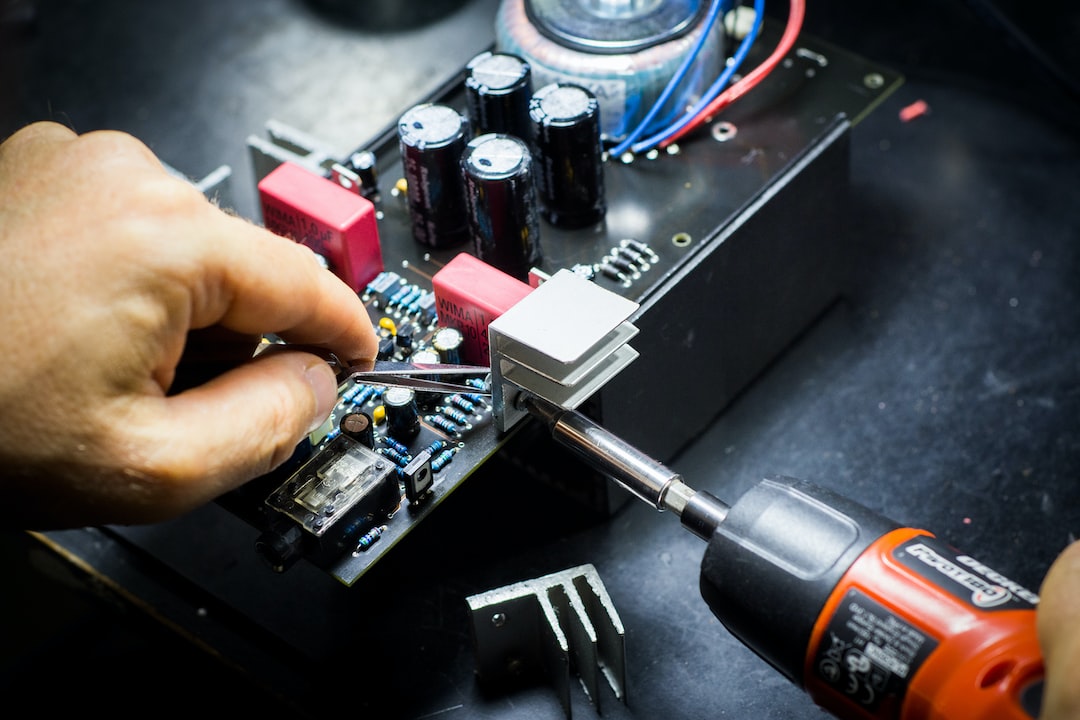Understanding Neural Networks: The Building Blocks of Deep Learning
Neural networks have revolutionized the field of artificial intelligence and machine learning, enabling computers to think and learn like humans. These complex networks are the building blocks of deep learning and have made significant advancements in various domains, including image recognition, natural language processing, and voice recognition. In this blog post, we will take a deep dive into neural networks, exploring their structure, how they learn, and their applications.
At its core, a neural network is a mathematical model inspired by the structure and function of the human brain. It is composed of a large number of artificial neurons, or nodes, connected in layers. Each neuron receives input data, processes it, and passes it on to the next layer of neurons until a final output is produced. This process is called forward propagation, and it is the key mechanism that enables neural networks to make predictions or decisions.
The inputs and outputs of a neural network can be anything from numerical values to images or text. To make sense of the data, each input is assigned a weight, which determines the relative importance of that input in the network’s decision-making process. These weights are learned through a process called backpropagation, which involves comparing the network’s prediction with the actual output and adjusting the weights accordingly to minimize the error.
The layers in a neural network are responsible for extracting meaningful features or patterns from the input data. A typical neural network consists of an input layer, one or more hidden layers, and an output layer. The hidden layers, as the name suggests, are not directly exposed to the input or output but serve as intermediaries to process and transform the data. The number of hidden layers and the number of neurons in each layer can vary depending on the complexity of the problem.
Deep learning, a subset of machine learning, refers to neural networks with multiple hidden layers. These deep neural networks can learn hierarchical representations of data, enabling them to capture intricate relationships and make more accurate predictions. The depth of a neural network allows it to learn and understand complex patterns that would be difficult for traditional machine learning algorithms.
One key advantage of neural networks is their ability to learn directly from the data without the need for explicit programming. This is achieved through the process of training, where the network is presented with a large amount of labeled data and adjusts its weights to optimize its performance. The training process involves feeding the data through the network, comparing the predicted output with the actual output, and updating the weights through backpropagation. With enough training data, neural networks can generalize and make accurate predictions on new, unseen data.
Neural networks have shown remarkable success in a wide range of applications. In computer vision, they have been used for image recognition, object detection, and facial recognition. In natural language processing, they are used for sentiment analysis, language translation, and text generation. They have also been employed in robotics, medical diagnosis, and finance, among other fields. Their versatility and ability to handle complex data make them invaluable tools in tackling real-world problems.
However, neural networks are not without limitations. They require substantial computational resources and training data to achieve optimal performance. They can also suffer from overfitting, where the network becomes too specialized to the training data and performs poorly on new data. Additionally, due to their complex nature, neural networks can be challenging to interpret, making it difficult to understand the reasoning behind their decisions.
In conclusion, neural networks are the fundamental building blocks of deep learning and have revolutionized the field of artificial intelligence. Their ability to learn from data and make accurate predictions has led to significant advancements in various domains. Despite their limitations, neural networks continue to push the boundaries of what machines can accomplish, paving the way for a more intelligent future. As researchers and engineers delve deeper into the workings of neural networks, we can expect even more breakthroughs in the coming years.

